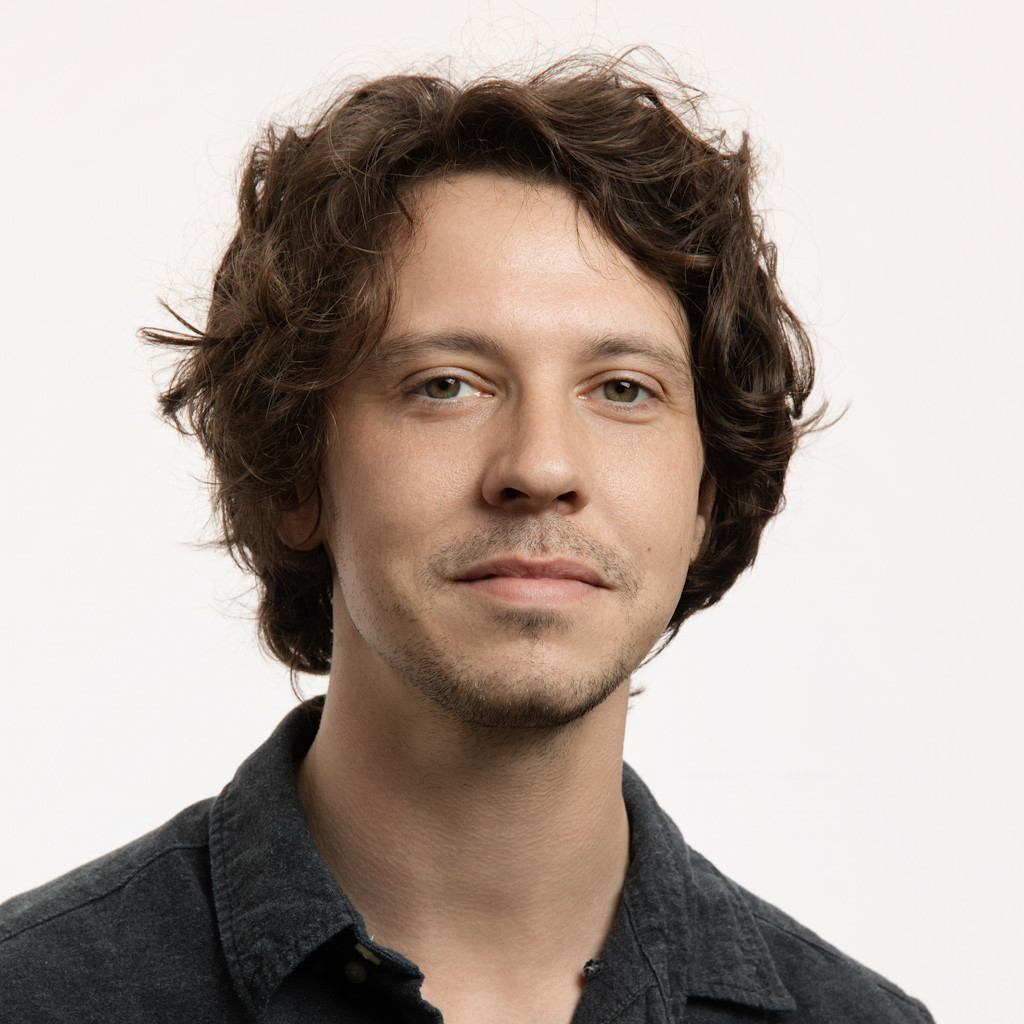
City seeks input on sandbox program for ice control
By
 Karen Unland
Karen Unland
The City of Edmonton wants to know whether it should scale back, maintain, or beef up its community sandbox program, which is the largest of its kind in Canada.
Edmonton spends $900,000 per year to maintain more than 700 sandboxes around the city, offering communities and residents free sand to make icy sidewalks more passable. A scan of other Canadian municipalities revealed that most have fewer large bins in central locations rather than small boxes distributed throughout neighbourhoods. Edmonton's program, which has been in place for about 30 years, has grown from about 150 boxes five years ago to 769 at last count.
Four options are under consideration, each offering a different way to balance the cost to taxpayers, the capacity of crews to keep the sandboxes full, and the distance people have to travel to pick up sand:
- Option 1 would phase out small community sandboxes and replace them with up to eight large bins at eco stations and roadway maintenance yards. The city says this would save $900,000 per year, which would be put toward other snow and ice control services.
- Option 2 would reduce and redistribute the sandboxes, putting 30 to 100 large bins at central locations such as transit centres, recreation centres, and recycling depots within a 10-minute drive for most residents. This would save about $800,000, which would go into other snow and ice control.
- Option 3 would maintain the status quo, keeping about 700 boxes around the city but redistributing them more evenly, so they would be within a five-minute drive for most residents. The cost would remain around $900,000.
- Option 4 would increase the number of boxes to about 900, giving newer neighbourhoods at least one box. This would add $235,000 to the budget, bringing the total to more than $1.1 million per year.
An online engagement tool allowing you to rank the options will be available until March 7. You can also share your ideas online or at a series of pop-up events:
- Feb. 15, 5pm to 8pm: Kinsmen Sports Centre
- Feb. 22, 2pm to 7pm: Orange Hub
- Feb. 23, 5pm to 8pm: Clareview Community Recreation Centre
- Feb. 28, 5pm to 8pm: Mill Woods Edmonton Public Library
City crews refill the boxes after other snow clearing has been completed, with a goal to do so within 13 days of a snowfall.
Image: A screenshot of the map of sandbox locations maintained by the city from the open data portal.


